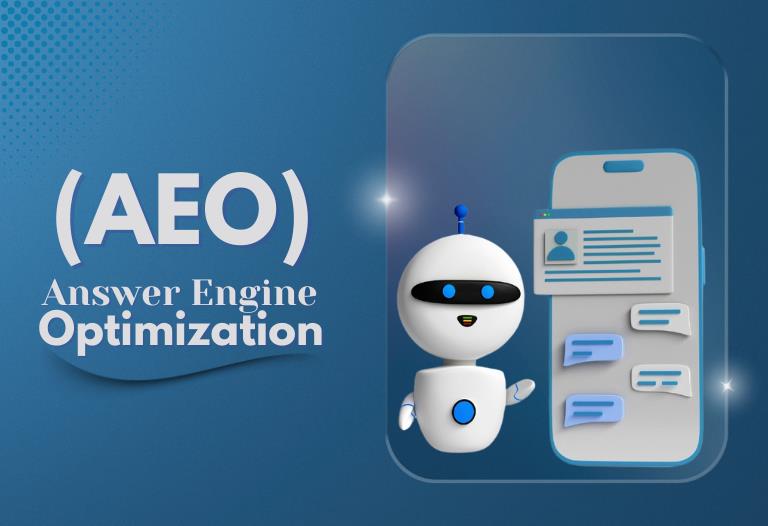
Are you tired of looking at your outdated, underperforming website? Well, you can resolve this issue by website migration. If migrated correctly, your website can get a polished look with enhanced engagement and performance. However, you need to do it carefully; otherwise, you might experience dreadful 404 error status code.
Website migration is about moving everything on a website, including content, links, and multi-media from an older website to a new one.
In addition to being significant work, it can significantly impact your website SEO as well. Here is a quick overview of site migration, along with how to do it without harming your SEO.
Site migration: An overview
Website migration refers to the process of entirely revamping websites, significant areas, such as design, site location, and structure. It is intended to improve website performance, search engine visibility, and user experience. This means your website pages should be cleaner, free of code errors, and have minimal redirects. If you want to migrate your website, you can contact Primotech’s web development experts to do it for you. And if in case, you’re planning to do it yourself you must enough time – at least 3 weeks.
How to migrate your website without impacting its SEO?
If you’re planning to migrate your website, make sure that you keep these things in mind:
#1. Maintain URL structure
When you update URLs, make sure their structure is in the same format. For example, the URLs should have a similar domain, hypertext (HTTP/HTTPS), and paths.
For an instance, if you migrate a URL blog.primotech.com/marketing/post_name
It should be like:
primotech.com/blog/marketing/post_name
An identical URL structure helps with SEO. Be sure to update and save the annotations in your sitemap.
#2. Redirects for changing URLs
Inappropriate redirects directly affect your SEO. It indicates visitors and search engines that the page no longer exists. You can directly do redirects by mapping URLs from an old site to the new. If there are hundreds of pages on your website, manually updating each of them might not be possible. In such cases, look for URL patterns that can be redirected. You will need to migrate existing redirects as well; make sure to keep them to reduce your workload.
#3. Similar web pages and descriptions
Website migration also enables you to organize your website. To preserve the existing SEO, the web pages should be uniform and should contain identical information and description as they previously did. The content and descriptions for each page and blog post should be similar. You can definitely rewrite the pages or update them, but be sure to keep what needs to be on the pages to rank.
#4. Same HTML markups
Since site migration is all about updating, organizing, and optimizing the website, you need to maintain the headings as well, including other HTML markups. Thus, if you have pages with H1, H2, or H3 headers, make sure they have the same tags on your website. Also, keep in mind the ALT text on images as well because they help search engines identify what an image on your page is all about, meaning support to your website SEO.
#5. Forwarding
Another crucial step in site migration is to apply domain forwarding. It means that you should ensure your website’s root domain directs to the subdomain. For example, if your website’s root domain is “xyz.com,” your website’s subdomain should be “www.xyz.com.”
Website migration is a useful step to take your website to the next level. However, it might turn out to be a lengthy and confusing process as well, especially if you are new to site migration. With some preparation and help, you can successfully migrate your website without affecting its SEO. So it’s always better for you to hire professionals to deploy the website migration in the right way. Contact us today!




 March 25, 2020
March 25, 2020









